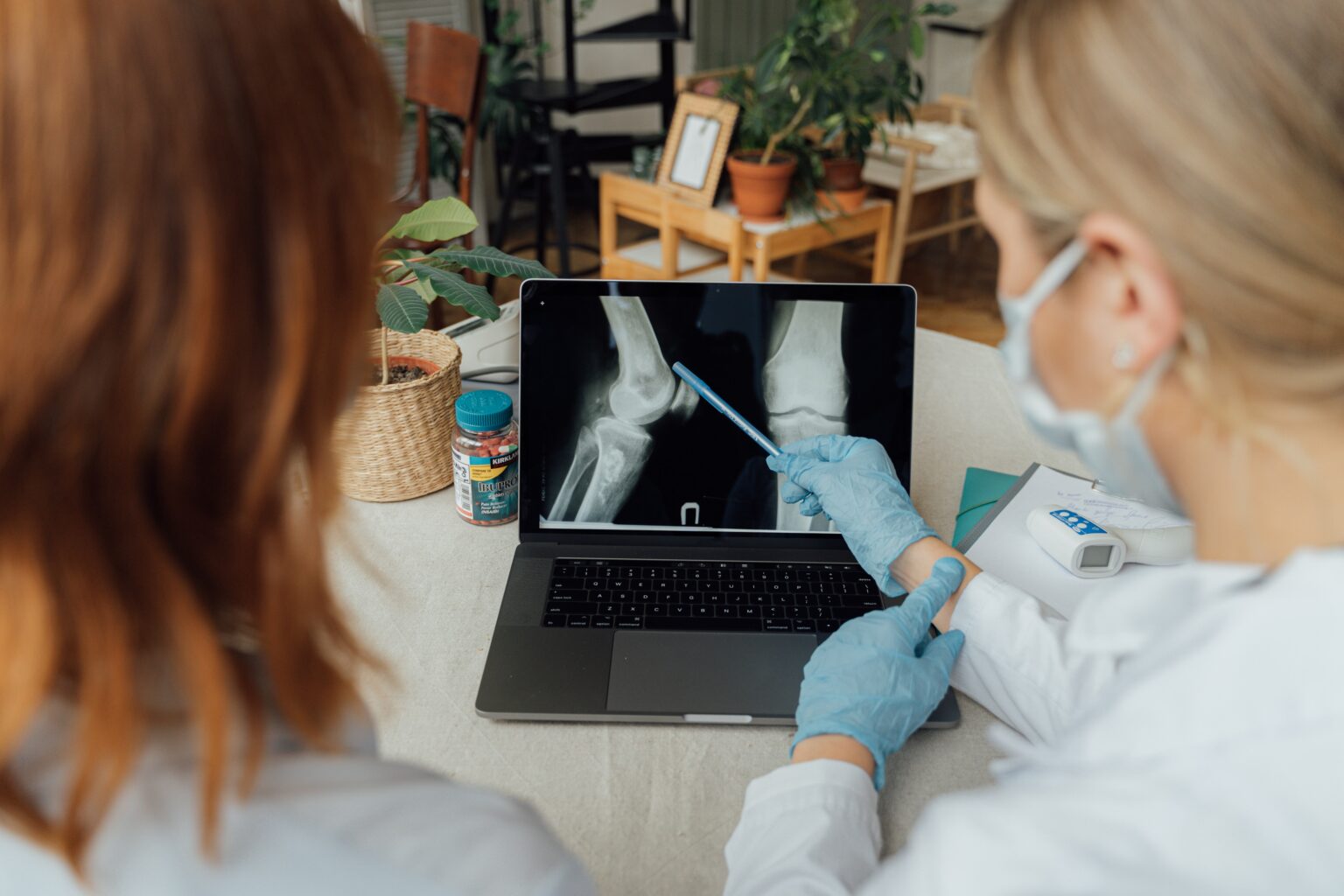Our joints and bones play a crucial role in our mobility and overall well-being. However, as we age or engage in certain activities, we may experience common joint and bone problems that can affect our quality of life. Conditions such as arthritis, osteoporosis, and joint injuries can cause pain, stiffness, and limitations in movement. In this post, we will explore strategies for managing and preventing these common joint and bone problems to promote optimal joint and bone health.
Arthritis
Arthritis is a condition characterized by inflammation and degeneration of the joints. The two most common types are osteoarthritis (OA) and rheumatoid arthritis (RA). To manage and prevent arthritis:
a. Maintain a Healthy Weight: Excess weight puts additional stress on the joints, particularly the knees and hips. Maintaining a healthy weight can reduce the risk of developing arthritis and alleviate symptoms in those already affected.
b. Exercise Regularly: Engaging in low-impact exercises such as walking, swimming, and cycling can help strengthen the muscles around the joints, improve flexibility, and reduce pain. Consult with a healthcare professional or physical therapist to develop an exercise program suitable for your condition.
c. Protect Your Joints: Avoid repetitive movements or activities that put excessive strain on the joints. Use proper body mechanics when lifting heavy objects and consider using assistive devices or modifications to reduce joint stress.
d. Apply Heat or Cold Therapy: Applying heat or cold packs to affected joints can help alleviate pain and reduce inflammation. Experiment with both methods to determine which works best for you.
e. Consider Medications and Supplements: Nonsteroidal anti-inflammatory drugs (NSAIDs) and other medications prescribed by a healthcare professional can help manage pain and inflammation. Some individuals find relief from natural supplements such as glucosamine and chondroitin, but consult with a healthcare professional before starting any new supplements.
Osteoporosis: Osteoporosis is a condition characterized by low bone density and increased risk of fractures. To manage and prevent osteoporosis:
a. Consume a Calcium-Rich Diet: Calcium is essential for maintaining strong bones. Include calcium-rich foods such as dairy products, leafy green vegetables, and fortified foods in your diet. Consider calcium supplements if necessary, but consult with a healthcare professional for guidance.
b. Get Sufficient Vitamin D: Vitamin D helps the body absorb calcium. Spend time outdoors to allow your skin to produce vitamin D or consider taking a vitamin D supplement under the guidance of a healthcare professional.
c. Engage in Weight-Bearing Exercises: Weight-bearing exercises such as walking, jogging, dancing, and weightlifting help stimulate bone growth and maintain bone density. Incorporate these activities into your exercise routine regularly.
d. Avoid Smoking and Limit Alcohol Consumption: Smoking and excessive alcohol consumption can contribute to bone loss. Quit smoking and limit alcohol intake to promote bone health
e. Have Regular Bone Density Tests: If you are at risk for osteoporosis, discuss with your healthcare professional about having regular bone density tests to monitor your bone health and determine appropriate interventions if needed.
Joint Injuries:
Joint injuries, such as sprains, strains, and dislocations, can occur due to accidents, sports activities, or repetitive motions. To manage and prevent joint injuries:
a. Warm Up and Stretch: Before engaging in physical activities or exercise, warm up your muscles and joints with gentle movements and perform stretching exercises to improve flexibility and reduce the risk of injury.
b. Use Proper Technique: When participating in sports or physical activities, use proper technique and form to minimize the risk of joint injuries. Seek guidance from a coach or trainer if needed.
c. Wear Protective Gear: Use appropriate protective gear, such as helmets, knee pads, and wrist guards, when engaging in activities that pose a risk of joint injury.
d. Take Breaks and Rest: Allow your body time to rest and recover between intense physical activities or repetitive motions to prevent overuse injuries.
e. Listen to Your Body: Pay attention to any pain or discomfort during physical activities. If you experience persistent pain or swelling in a joint, seek medical attention to prevent further damage.
General Joint and Bone Health:
In addition to managing specific conditions, it is important to maintain overall joint and bone health:
a. Eat a Balanced Diet: Consume a well-balanced diet rich in fruits, vegetables, whole grains, lean proteins, and healthy fats to provide essential nutrients for joint and bone health.
b. Stay Hydrated: Drink an adequate amount of water daily to support joint lubrication and overall hydration.
c. Practice Good Posture: Maintain good posture while sitting, standing, and lifting to reduce stress on the joints and spine.
d. Avoid Prolonged Sitting: Take breaks from prolonged sitting or sedentary activities to stretch and move around, promoting joint mobility and circulation.
e. Get Regular Check-ups: Schedule regular check-ups with your healthcare professional to monitor your joint and bone health, discuss any concerns, and receive appropriate preventive care.
By implementing these strategies, you can effectively manage and prevent common joint and bone problems, promoting optimal joint and bone health. Remember to consult with healthcare professionals for personalized advice and guidance based on your specific needs and conditions. Taking proactive steps towards joint and bone health will contribute to your overall well-being and quality of life.

